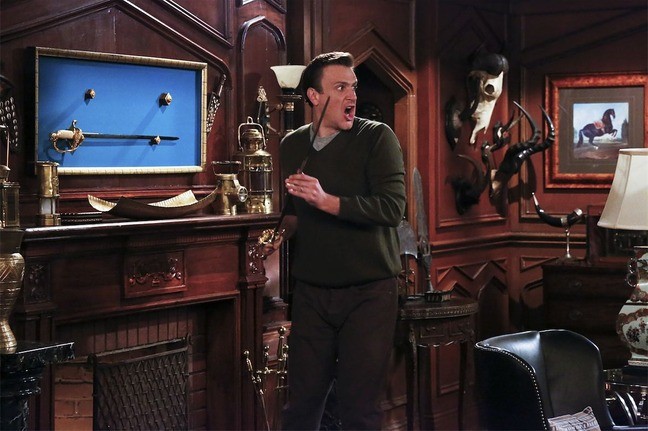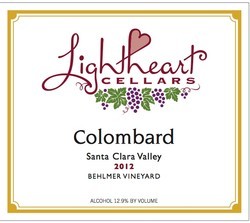We all have things we get irrationally angry about, and there are a few practices that are pretty widely looked down upon by wine professionals. Here are some tips to avoid making your sommelier, tasting room host, or overly-snobby-wine-friend (yeah... that's me) cringe:
1. Dress for the occasion. If you know you're going to be wine-tasting at a couple upscale or well-known high-end wineries, or you're visiting a more formal restaurant, get the spiffy jacket and shoes out! Ladies, that means cocktail or sundresses and nice shoes! It's completely awkward when someone walks into a fancier venue wearing cargo shorts, oversized t-shirts with screenprinted "clever" sayings on the front, flip-flops, or Daisy Duke cutoff shorts. Yes, this is the Bay Area, and that means you can dress it down a little bit. But please, be respectful of the people around you trying to have a nice, classy time.
This goes the other way, too. If the winery you are visiting has a tasting room in a barn with a wooden or dirt floor, or is hosted in the backyard of the winemaker or vineyard owner, jeans and sneakers are fine. I'm still not crazy about cargo shorts (ever) or flip-flops, but this is not the time women want to be wearing stilettos that will get stuck in the dirt or between boards! The best approach is to just do your research before going to these venues. You don't want to stick out like a sore thumb because you're too over- or under-dressed.
2. When tasting wines at a new winery, don't tell the host or hostess that you only drink "x wine." It's great to have your particular tastes in mind as you try new wines, but if you aren't actually going to taste wine, why would you go to a wine tasting room? This is your chance to try new things!
3. Don't show up drunk. Don't leave drunk. Don't let your friends get sloppy drunk either. I know I've talked about this before, but it's so important not to lose your composure in public. Knowing your limits and being responsible for maintaining a measure of sobriety means that no one gets to tell the story of that time you vomited into the spit-bucket or climbed up to dance on the bar. Fun as it may be to tell those stories when they happen to other people, you don't want to be the main subject!
...

